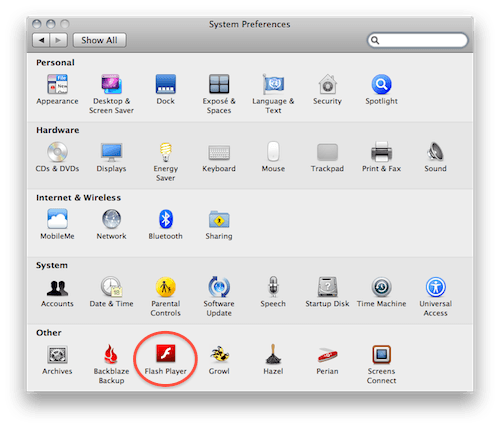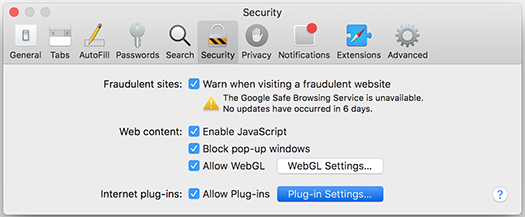

It’s encouraging to see Apple has not left users of this older version of the Mac OS X operating system completely out in the cold when it comes to protecting against the latest threats, he added.

This additional level of protection when it comes to Safari users running Flash is good to seeas Adobe’s software is so frequently exploited by malware authors and malicious hackers to infect Web surfers, blogged Graham Cluley, senior technology consultant at Sophos. If the Adobe Flash Player 10.1.102.64 or older is found, the update moves the files to a new directory, according to Apple. The update presents the opportunity to install a new version of Flash from the Adobe Website. That version of Flash Player was released by Adobe in November 2010. In addition, Apple also released an update that removed versions of Flash Player older than 10.1.102.64.
#Flash player for mac 10.7 how to#
Instructions on how to re-enable it can be found here. The removal tool also disables the Java plug-in for the Safari browser.

There is no indication to the user if malware is not found. If the Flashback malware is found, it presents a dialog notifying the user that malware was removed, Apple stated in an advisory about the Flashback removal tool. In response to the attacks, Apple released an update to remove Flashback infections on Mac OS X Lion (10.7) and Mac OS X Snow Leopard (10.6) last month. The malware spread by exploiting a now-patched vulnerability in Java. The Flashback Trojan was at the center of news reports last month when it was discovered attackers had used it to build a botnet of more than 550,000 Mac computers.
#Flash player for mac 10.7 for mac os x#
Apple released a pair of security updates May 14 for Mac OS X 10.5 to disable outdated versions of Adobe Systems’ Flash Player and fight off Flashback infections.


 0 kommentar(er)
0 kommentar(er)
